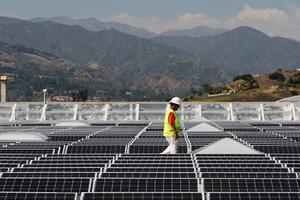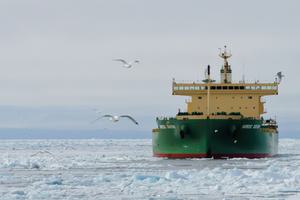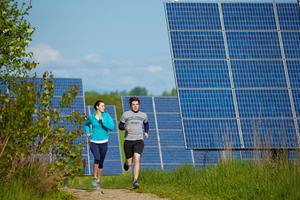Solutions
-
Before the Storm
A Vulnerable Community Braces for the Impacts of Sea Level Rise
-
Full Speed Ahead
Shipping Plans Grow as Arctic Ice Fades
-
African Wetlands Project
Are ‘Blue Carbon’ Projects a Win for the Climate and the People?
-
Natural Aquaculture
Can We Save the Oceans By Farming Them?
-
High Stakes on the High Seas
A Growing Call for International Marine Reserves
-
Exploring How and Why Trees ‘Talk’ to Each Other
Ecologist Suzanne Simard has shown how trees use a network of soil fungi to communicate their needs and aid neighboring plants. Now she’s warning that threats like clear-cutting and climate change could disrupt these critical networks.


















